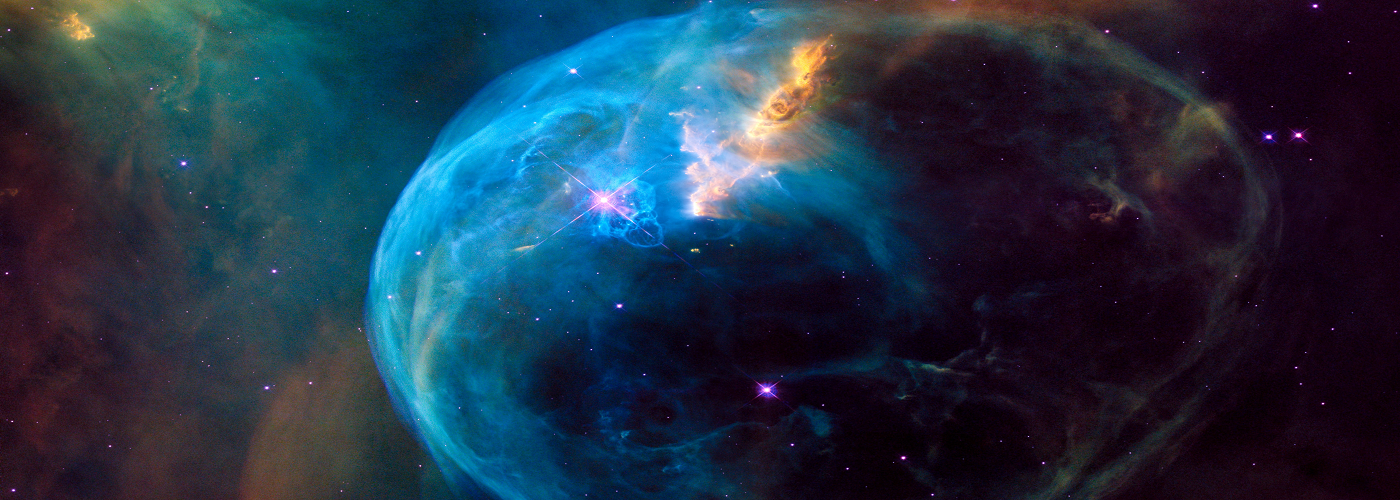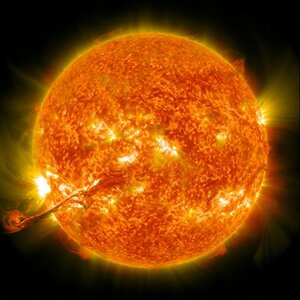

Imagine a blast of energy so powerful that it exceeds the total energy that the Sun will ever produce over the course of its entire 10-billion year lifespan. That is the amount of energy released in just a few seconds during a powerful gamma-ray burst (GRB) observed in 2019 by the Hubble Space Telescope. Thankfully such a blast was a very far 5 billion light years away from Earth. There is mounting evidence, though, that the Earth might have been subjected to one of these cosmic blasts earlier in its history. In fact, a 2020 study, lead authored by researchers at the University of Illinois, Urbana-Champaign examines a possible link between a closer range GRB and a mass extinction event at the end of the Devonian period, 359 million years ago.
While GRBs can be caused by several different cosmic events, the more likely cause of the GRB which affected Earth at the end of the Devonian period was the collapse of a massive star in a supernova event. This supernova would have first bombarded Earth with UV, X-rays, and gamma rays, which are damaging to DNA in any life forms as well as to the shielding ozone layer around Earth. After this initial blast of energy, the radioactive debris from the supernova would have also proved damaging to life on Earth. It is this secondary wave of debris which produced the longer lasting negative impacts to life on Earth.
The main reason why this ultra rare GRB event is implicated in the Devonian extinction event over asteroid impacts, or large-scale volcanic eruptions, is the duration of the decline in life. These aforementioned events are catastrophic to life, but are relatively short-lived in the amount of time they deplete the ozone layer. A close-range GRB would be a better fit to explain the 300,000 year decline in biodiversity shown in the fossil record during the Devonian extinction event.
According to the study's authors, the key to proving this GRB extinction theory would be to find the radioactive isotopes plutonium-244 and samarium-146 in the fossils and rock layer from the end of the Devonian period. These isotopes do not naturally occur on Earth and can only come from cosmic bombardment. Finding these would be the “smoking gun” of the GRB theory.

